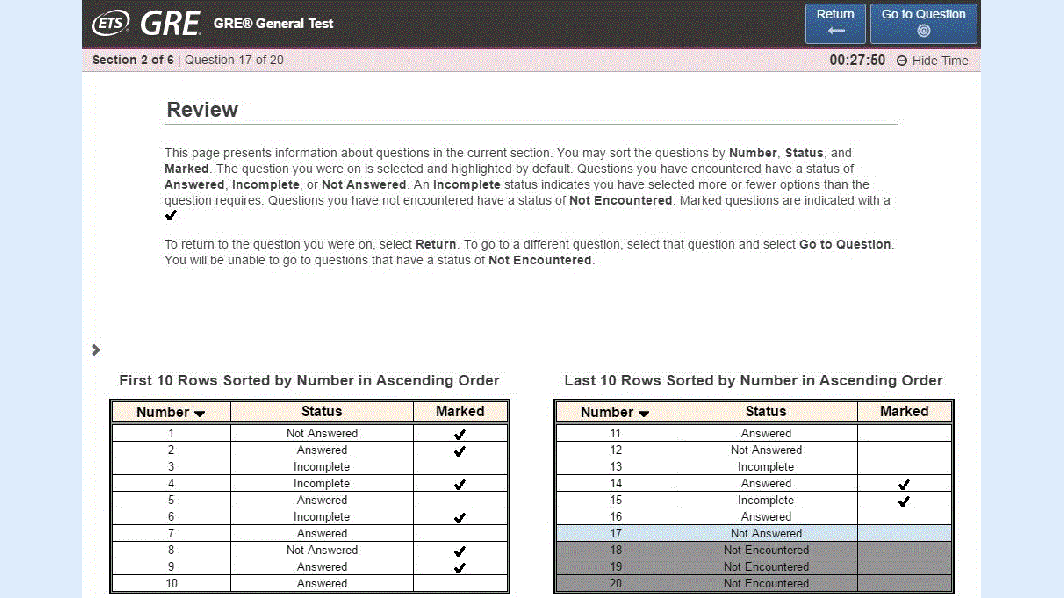Preparation for the test will depend on the amount of time you have available and your personal preferences for how to prepare. At a minimum, before you take the GRE General Test, you should know what to expect from the test, including the administrative procedures, types of questions and directions, approximate number of questions, and amount of time for each section.
